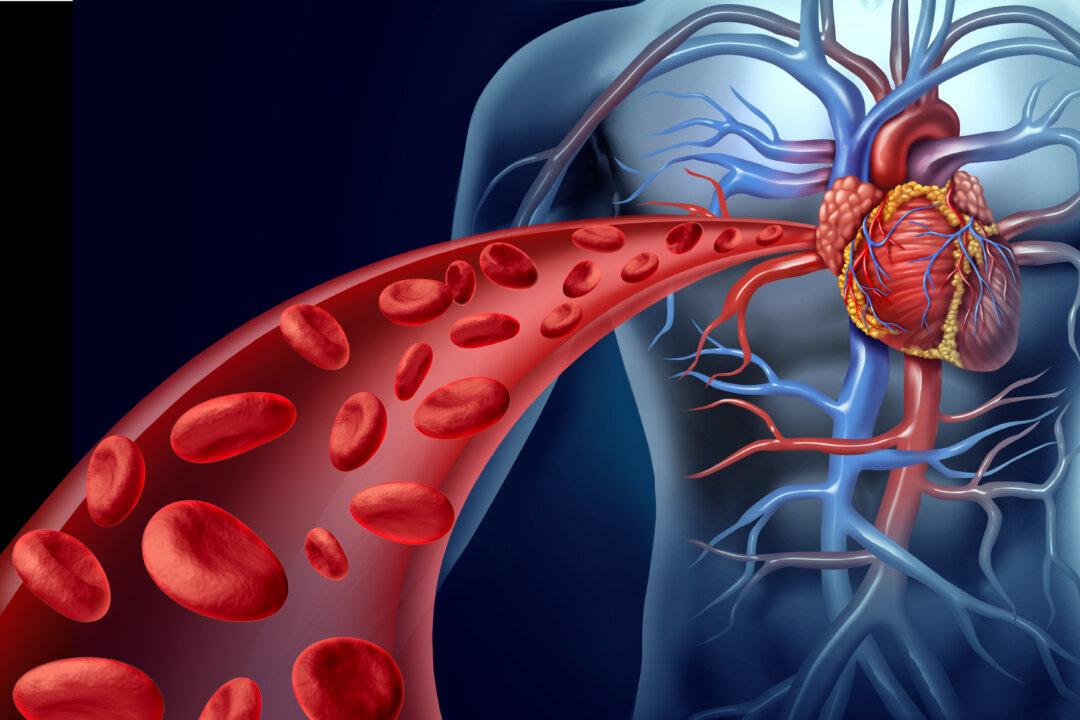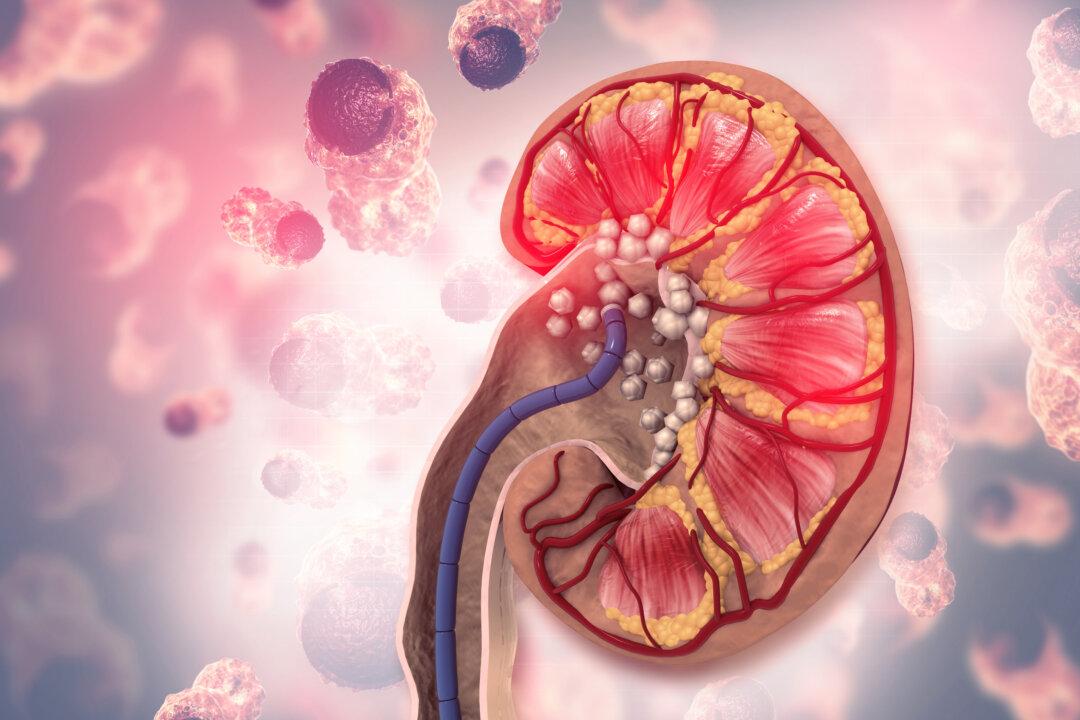During the COVID-19 pandemic, some patients would be tested with an oximeter only for it to read above 99 percent. Yet, during a medical checkup, they would be found to have a “lack of oxygen in the heart,” or hypoxia. Why is this?
It has to do with the type of hypoxia one has. According to Dr. Chungpin Liu, a cardiologist and the director of Yupin Clinic in Taiwan, there are three types of hypoxia.






